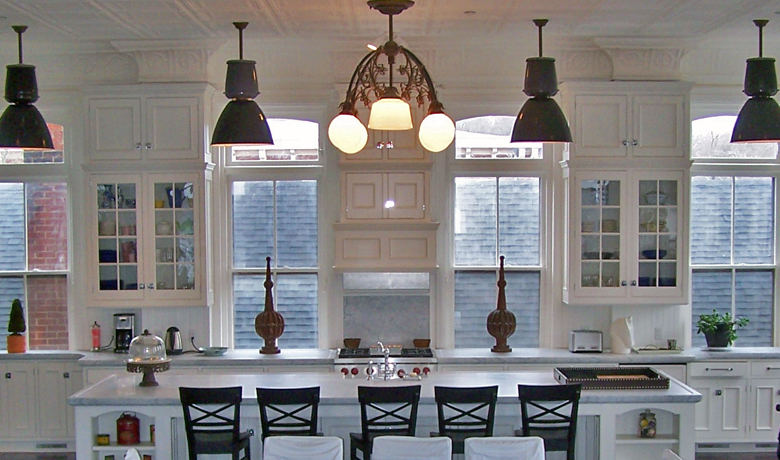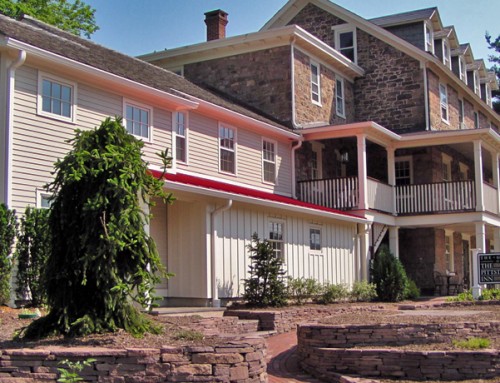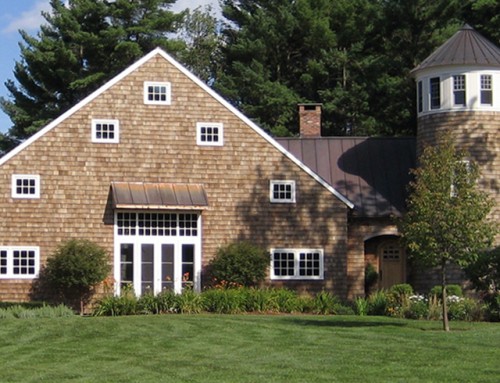Architectural trim has a long history, and after decades of neglect, it is now enjoying a revival. Good trim adds scale, order and detail to a building; it can sharpen or soften boundaries and edges; it can accentuate important features. Its lines can tie a composition together, emphasize a transition or add continuity. Good trim humanizes and finishes the design.
When I tour almost any authentic colonial-era building, the trim is always ‘just right’; neither to big nor too small, neither too much nor too little for the situation. Grand rooms have grand trim, minor rooms have minor trim, and average rooms have average trim. Whether on the exterior or on the interior, the trim, like the rooms and the buildings themselves, is always perfectly proportioned. Greek Revival trim became heavier, to suit the heavier architecture of that style. In the Victorian era, trim became just as fanciful as the buildings, but was rarely “wrong” feeling. So why does so much of today’s trim just feel “wrong” and inauthentic?
There were few professional architects before 1900; instead, carpenters and master builders learned their trade during long apprenticeships. An important part of this training was learning ancient and classical rules of proportion, and the proper application of trim. Even today, the stock pieces of wood trim – crown moulding, bed moulding, nose-and-cove – are all derived from classical Greek and Roman buildings, and are nearly identical to those used 2,500 years ago.
The problem is that this system of training fell apart as industrialization transformed building from a knowledge-based craft into a speed-based product. Modern architecture had no use for traditional trim, and after World War II tract home-builders maximized profit by minimizing trim. Proper trim therefore was not used for much of the late 20th century, and the crafts-based knowledge system behind it is mostly gone. In the past, an architect or master builder would design a house and could rely on a good carpenter to trim it out properly with minimal supervision. Sadly, that system no longer works. Many of us grew up in houses without trim, and now as a result people want their houses more finished; but today’s attempts to add trim are too often an aesthetic disaster – more trim is not better, and bigger trim is certainly not better. The right way to do it is not difficult, but it does require careful thought and study of precedent. Finishing a project right is well worth the effort. We work hard with our clients and carpenters to get everything, including the trim, “just right.”




Leave A Comment